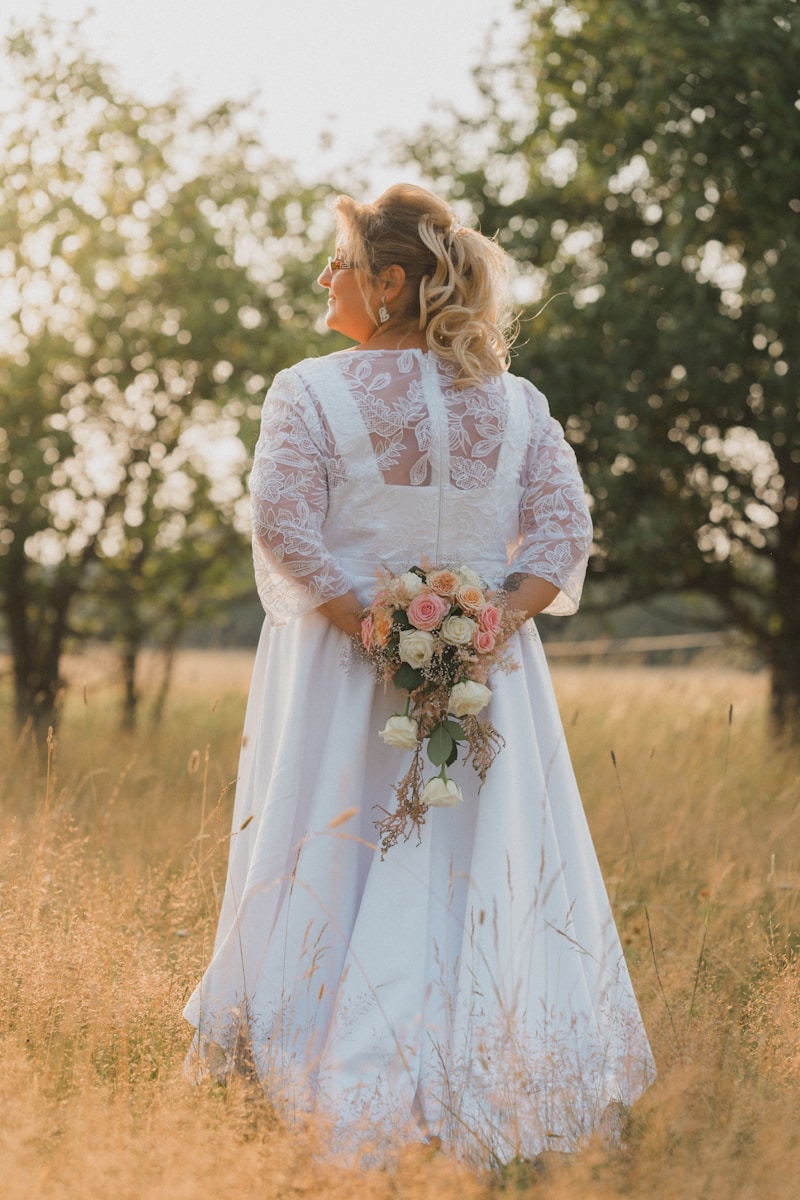Creating the Perfect Fitting Schedule for Bridal Gowns
Planning a wedding involves countless details, and among the most significant is finding the ideal bridal gown. The process does not end once you choose the right dress; instead, it leads to another essential aspect: scheduling fittings. Crafting a fitting schedule for bridal gowns is crucial to ensure that the dress fits perfectly on the big day. In this article, we'll delve into the important steps and tips for creating a fitting schedule that guarantees a beautiful, flattering fit.
Understanding the Importance of a Fitting Schedule
A fitting schedule is vital for ensuring that the bridal gown is tailored correctly. A well-planned schedule allows ample time for necessary alterations, fittings, and final adjustments. Here are some key reasons why having an effective fitting schedule is important:
- Time Management: Scheduling early fittings provides enough time for any adjustments, ensuring you won’t be rushed as your wedding day approaches.
- Comfort and Confidence: A perfectly fitted gown boosts your confidence, allowing you to enjoy your special day without discomfort.
- Quality Assurance: Multiple fittings ensure that every detail is attended to, ensuring a polished final look.
Creating Your Fitting Schedule
When considering how to create an effective fitting schedule, several factors come into play. Here’s a step-by-step guide to help you navigate through this process:
1. Buy Your Dress Early
Purchase your bridal gown at least 6-8 months before your wedding date. This timeframe will give you adequate room for fittings and alterations without feeling rushed.
2. Set Your Fitting Dates
Once you have your gown, it’s time to schedule your initial fitting. Generally, you should plan for at least 3-4 fittings, including:
| Fitting Type | Suggested Timing | Purpose |
| Initial Fitting | 6-8 weeks before the wedding | First attempt at fitting the gown and identifying primary alterations needed |
| Midway Fitting | 4-6 weeks before the wedding | Check on the progress of alterations and make further adjustments |
| Final Fitting | 1-2 weeks before the wedding | Ensure the gown fits perfectly and make any last-minute tweaks |
| Final Check | 1-2 days before the wedding | Double-check fit and ensure the gown is clean and ready for the big day |
3. Communicate with Your Tailor
Your dressmaker or tailor needs as much information as possible about your preferences, comfort levels, and the specific alterations needed. Communicate openly to help them understand your vision.
4. Keep Your Accessories Ready
Bring along any accessories you plan to wear during your wedding, such as shoes, jewelry, and undergarments. This will help ensure a perfect fit when the gown is completed.
5. Consider the Season and Venue
Choose fitting times that coincide with the weather and your wedding location. For example, if you are getting married in a warmer climate, ensure your gown is breathable and comfortable. Plan fittings accordingly, especially if adjustments for layers or long sleeves are necessary.

Common Questions About Bridal Gown Fittings
While planning your fitting schedule, you might have several questions. Here are some common inquiries brides have when it comes to fitting bridal gowns:
What Should I Wear to My Fitting?
It's recommended to wear nude or similar color undergarments to ensure you can assess the fit without distractions. Additionally, bringing along the shoes you plan to wear is crucial.
How Long Do Fittings Usually Take?
Typically, fittings can last anywhere from 30 minutes to over an hour, depending on the extent of the alterations needed. Make sure to allocate enough time for each fitting without feeling rushed.
What If I Lose Weight Before the Wedding?
It's quite common for brides to experience weight changes leading up to the wedding. Always inform your tailor as soon as you notice a change so they can adjust your fitting schedule appropriately.
Conclusion: Final Thoughts on Your Fitting Schedule
Creating a fitting schedule for your bridal gown is an essential aspect of preparing for your wedding day. By following a timeline and keeping communication open with your tailor, you can ensure that your gown fits perfectly, allowing you to walk down the aisle with confidence. Remember to double-check all your accessories and stick to your scheduled fittings to allow for any unexpected adjustments. Lastly, don't be afraid to ask questions and express your concerns—after all, this is your special day! You deserve the perfect fit that will make you shine.
In summary, a fitting schedule for bridal gowns not only aids in achieving the perfect fit but also helps you enjoy the journey to your wedding day. Plan accordingly, stay ahead of schedule, and savor each step of the process. Happy planning!